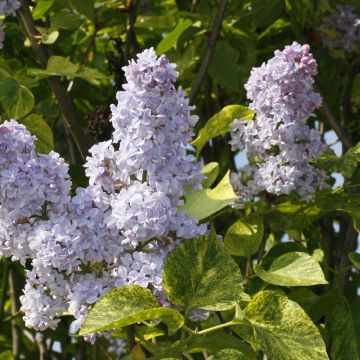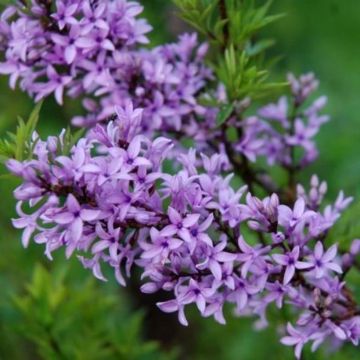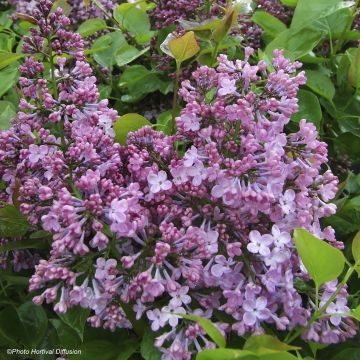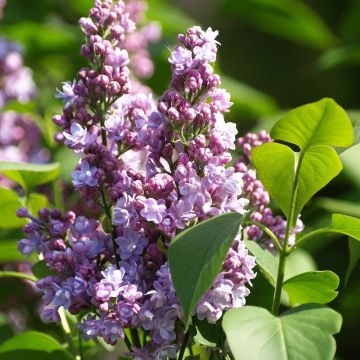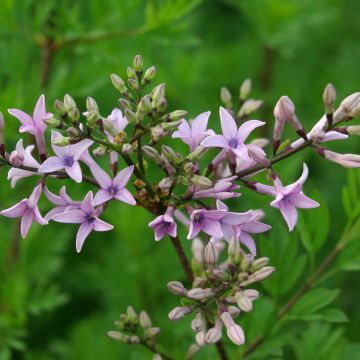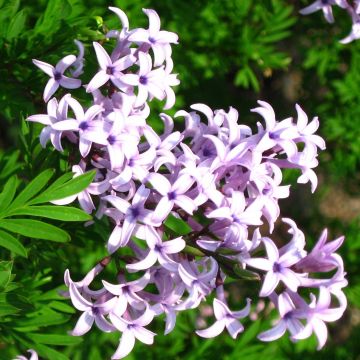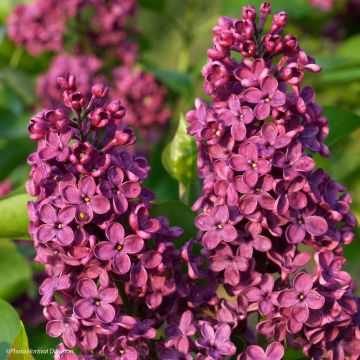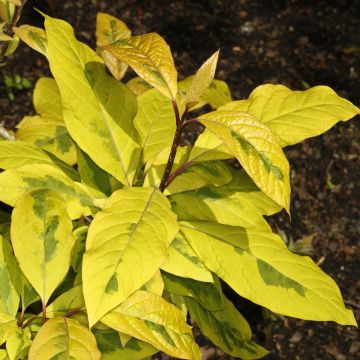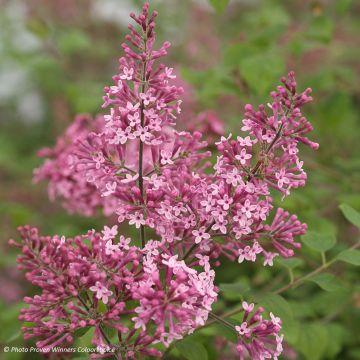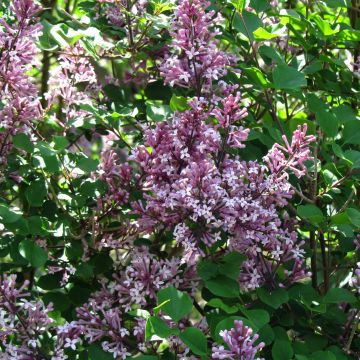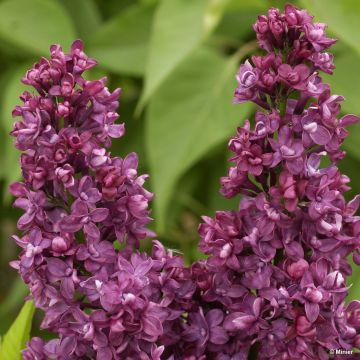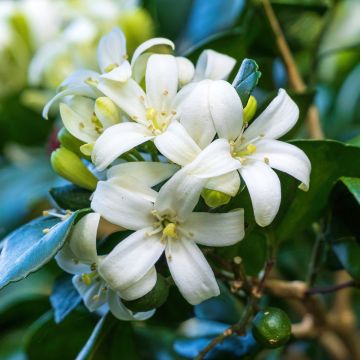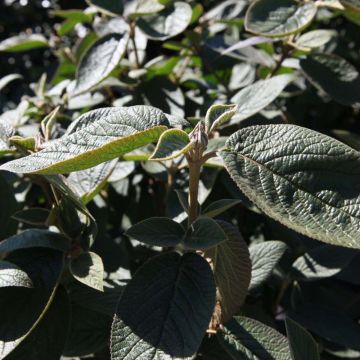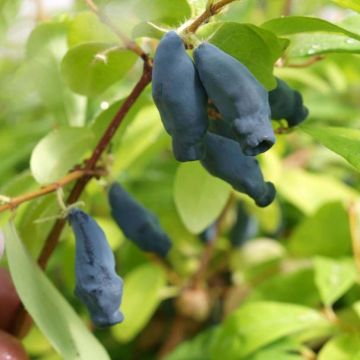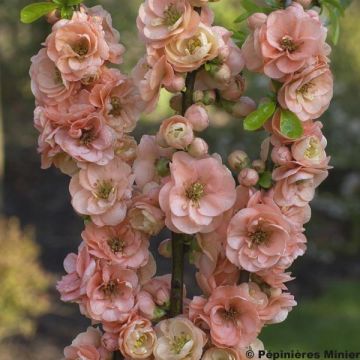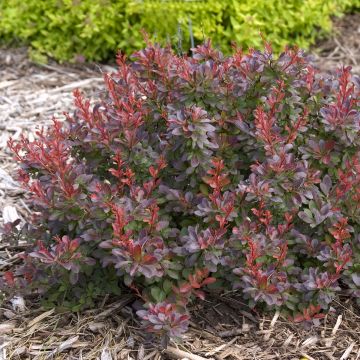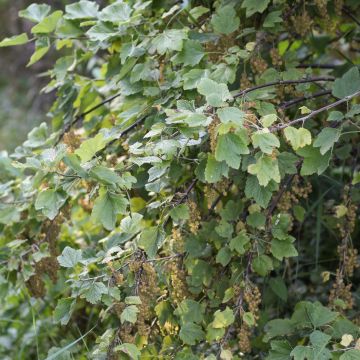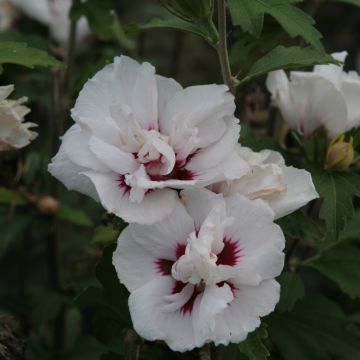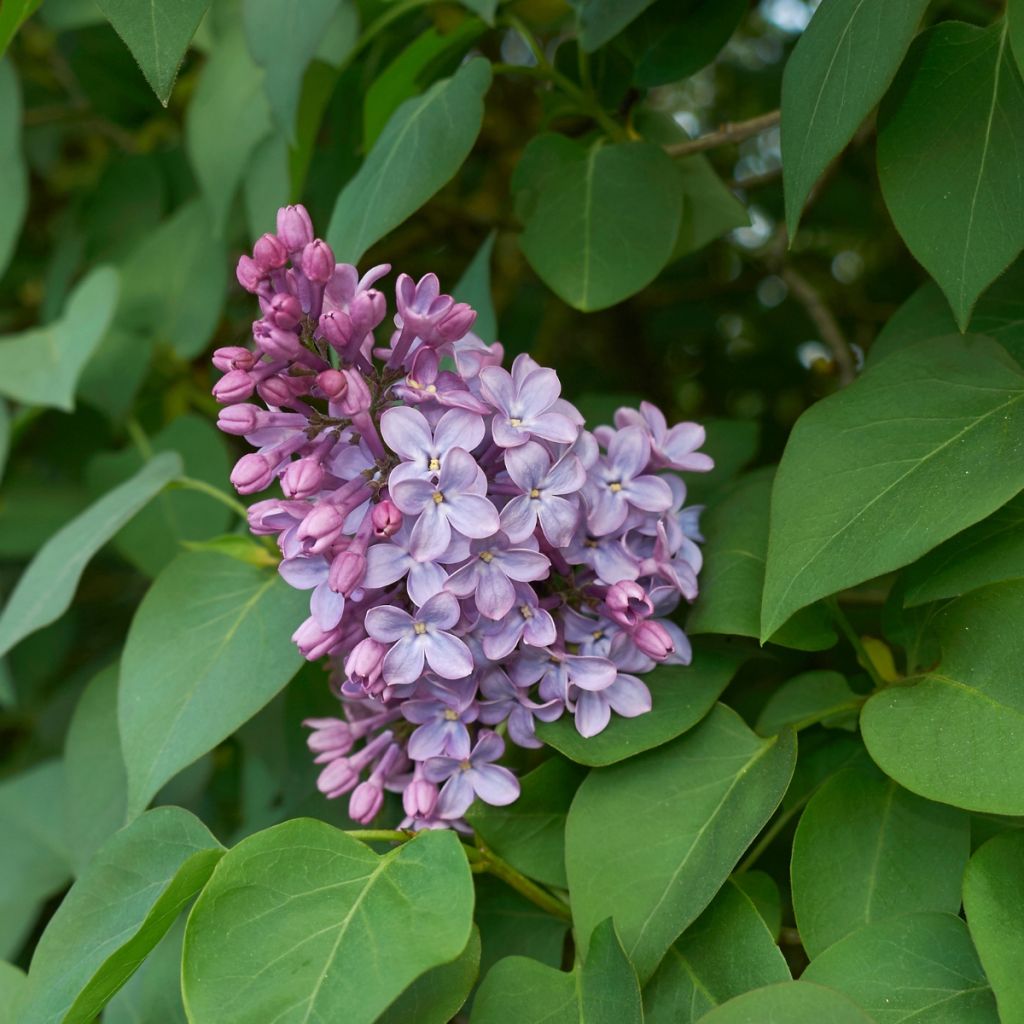

Syringa vulgaris - Common Lilac
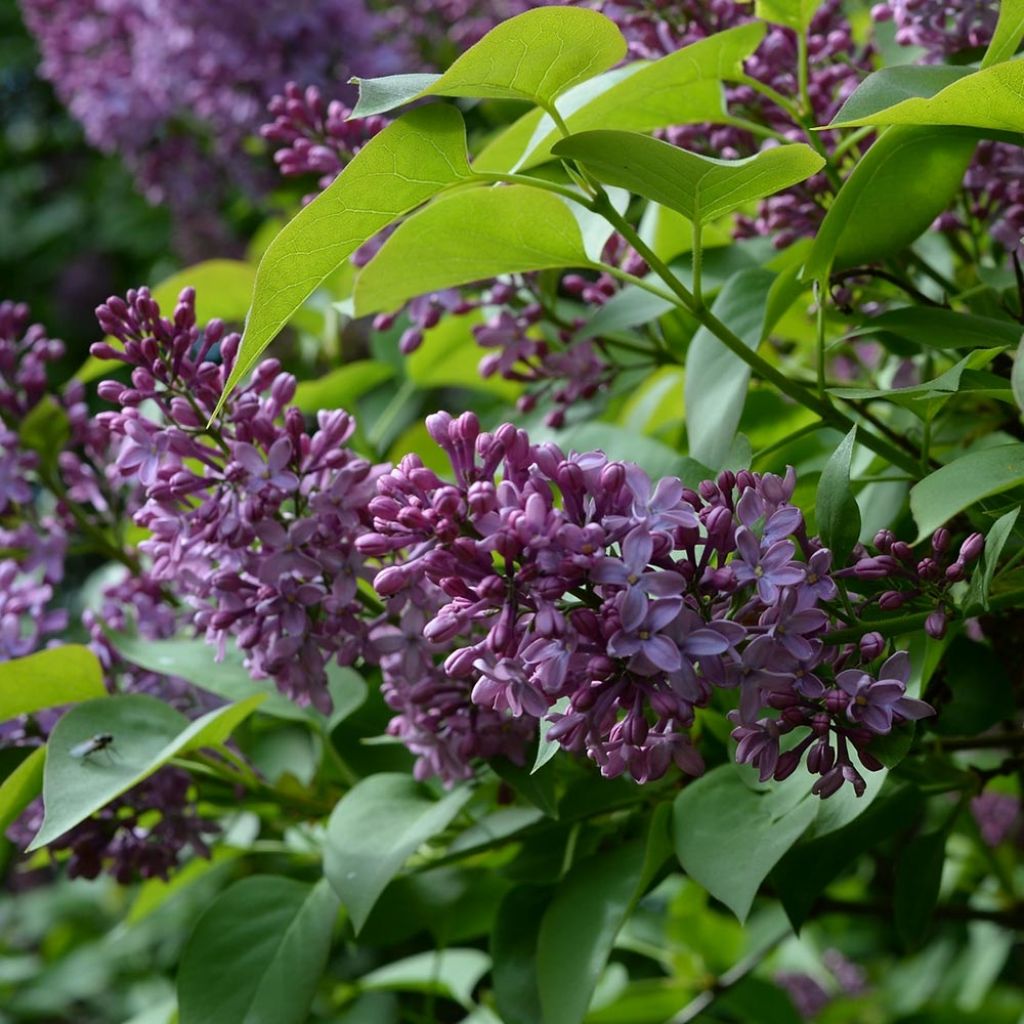

Syringa vulgaris - Common Lilac
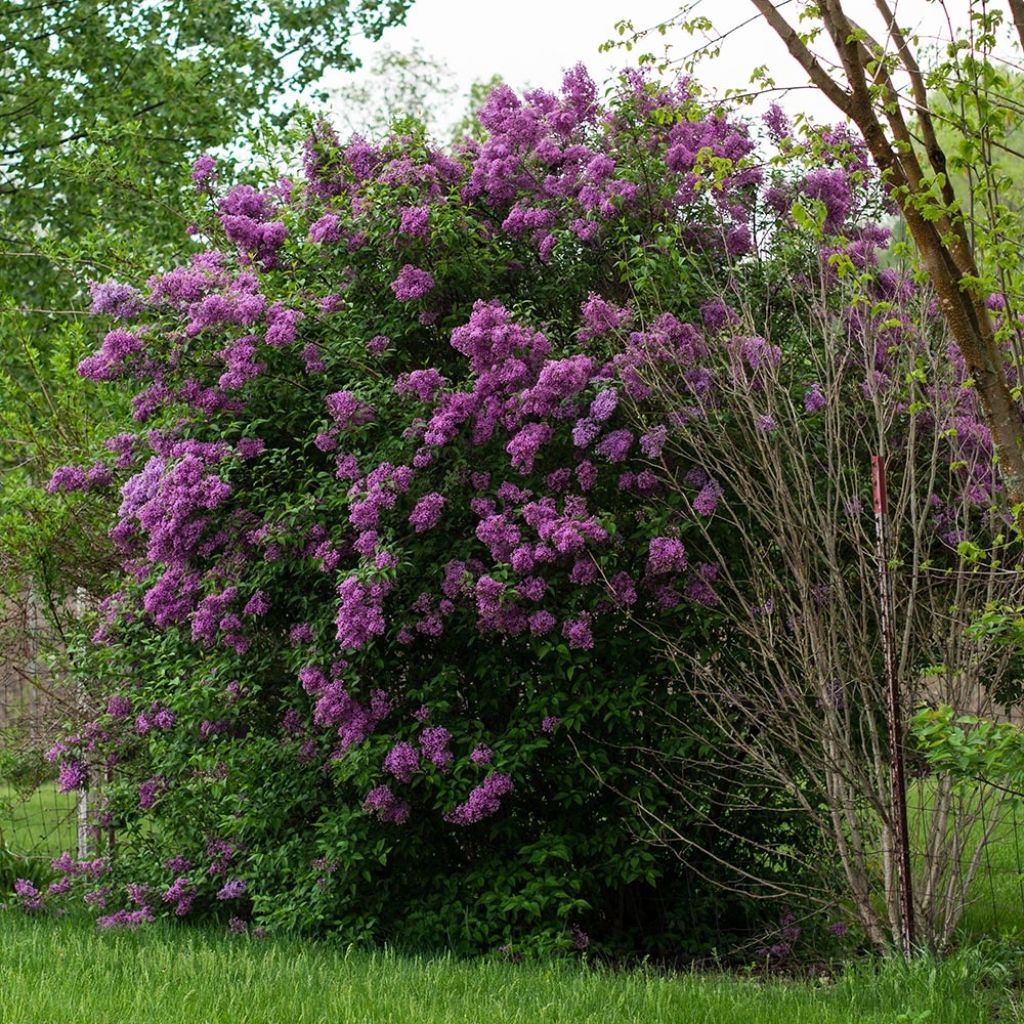

Syringa vulgaris - Common Lilac
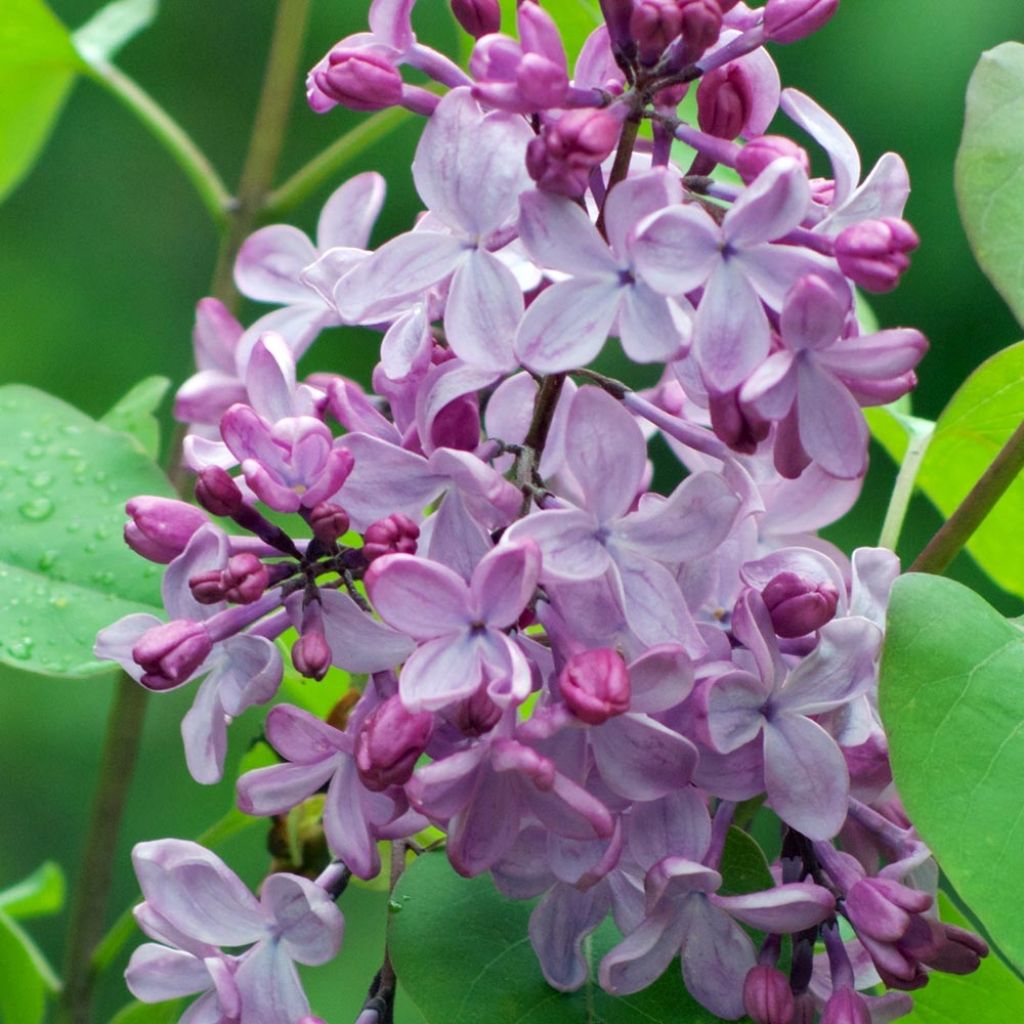

Syringa vulgaris - Common Lilac
Syringa vulgaris - Common Lilac
Syringa vulgaris
Common Lilac, Lilac
Why not try an alternative variety in stock?
View all →This plant carries a 24 months recovery warranty
More information
We guarantee the quality of our plants for a full growing cycle, and will replace at our expense any plant that fails to recover under normal climatic and planting conditions.
From €5.90 for pickup delivery and €6.90 for home delivery
Express home delivery from €8.90.

Does this plant fit my garden?
Set up your Plantfit profile →
Description
The common Lilac is a large shrub or small ornamental tree, popular in our gardens for centuries! Medium-sized and with an upright and somewhat irregular habit, it bears charming heart-shaped foliage with a matte medium green colour and a very generous spring flowering, in large pyramidal panicles of highly fragrant lilac flowers that last a long time when cut. It thrives in full sun and rich, neutral soils but can tolerate normal, slightly chalky or slightly acidic soils as long as they are well-drained. The lilac is ideally used to complement hedge rows with its lovely silhouette and spectacular flowering, planted in groups in the background of flower beds or as a standalone in smaller gardens.
The Syringa vulgaris is a very hardy shrub of the olive family and has given rise to numerous cultivars with diverse flower forms: single, double, more or less fragrant, and colours ranging from white to blue, pink, and purple. The common lilac, also known as European lilac, is native to Southeastern Europe and Western Asia, specifically the Balkan Peninsula, and arrived in Western Europe at the end of the Renaissance. In the wild, this indomitable plant with highly fragrant blue-violet-purple flowers colonises rocky hills and withstands cold winters.
It is a large shrub or a small tree with an upright and irregular habit, reaching an average height of 3m (9 ft 10 in) and a spread of 2m (6 ft 7 in) at maturity. It naturally develops into a bush composed of several stems, similar to mock orange, which should not be confused with it. Its base produces suckers that sometimes need to be removed to maintain its attractive small tree appearance. The triangular, heart-shaped leaves, 8 to 12cm (3.1 - 4.7 in) long and 3 to 8cm (1.2 - 3.1 in) wide, appear in spring in a tender green colour with a satin finish. Flowering occurs from April to May, earlier or later depending on the climate. At the tip of one-year-old branches, pairs of pyramid-shaped compound clusters called thyrses, measuring 10 to 30cm (3.9 - 11.8 in) long, appear. The lilac-colored flower buds open into large flowers. The fragrance of the flowers is powerful.
The strength emanating from the aged silhouette of a lilac, anchored on multiple trunks, as well as the generosity of its flowering, sometimes deserve a prominent place, as a standalone specimen, in a small garden. Surrounded by a bed of ground-cover roses and catmints, in a dedicated small space, this modest subject will become a grandiose shrub, covered in glory in the heart of spring. Easy to grow in cool and relatively moist climates, even in medium-altitude mountains, the common lilac thrives in ordinary, fresh, preferably chalky soils, but above all well-drained soils. Use it abundantly, mixed with other varieties in pink, mauve, or red, in large flowering hedges, alongside single-flowered roses, mock oranges, serviceberries, Crataegus Paul's Scarlet, Cotinus, or large buddleias (B. alternifolia). A lilac hedge, along with flowering prunus, Chinese almond trees, flowering cherries, and ornamental apple trees, planted above a large sunken alley, is a true delight in spring.
Report an error about the product description
Syringa vulgaris - Common Lilac in pictures
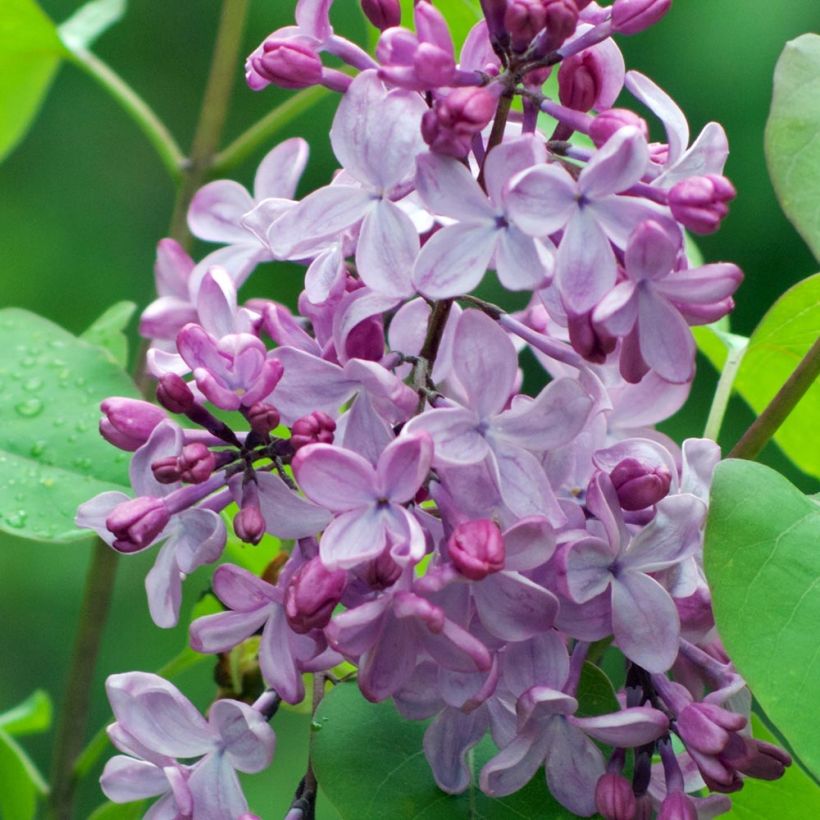

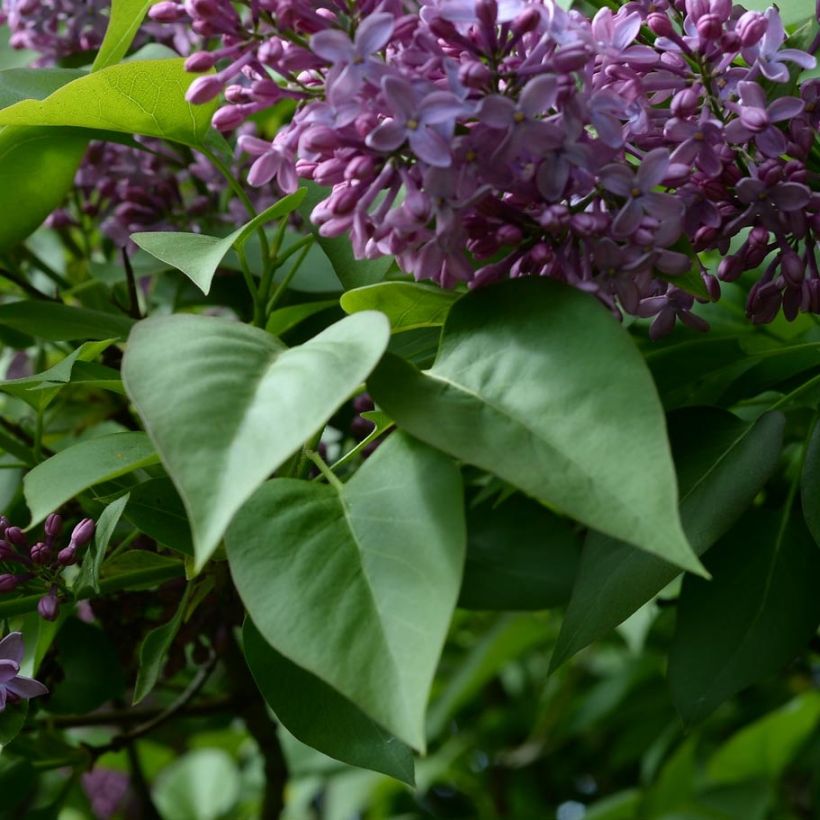

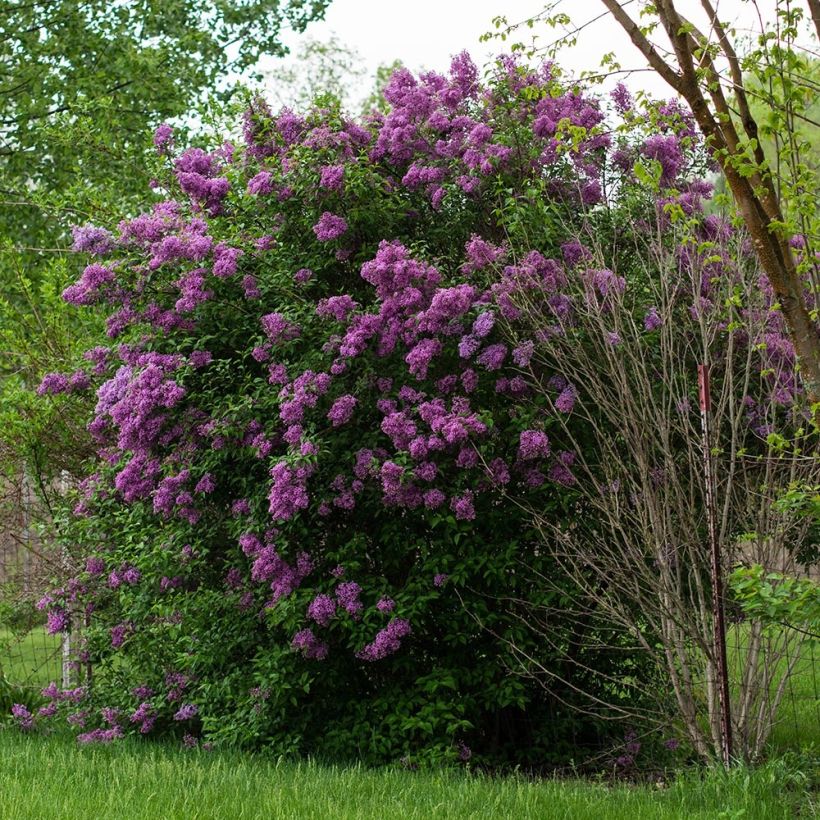

Plant habit
Flowering
Foliage
Botanical data
Syringa
vulgaris
Oleaceae
Common Lilac, Lilac
Cultivar or hybrid
Other Syringa - Lilac
Planting and care
The Lilac appreciates planting in full sun, in a soil that remains fairly moist, well-drained, and even slightly rocky. It tolerates all types of soil, but prefers neutral to slightly alkaline soils and is sensitive to strongly acidic soils. It will grow well in partially shaded exposure, but the flowering will be somewhat reduced. Its hardiness is excellent, beyond -15°C (5 °F). Easy to grow, it only requires mulching and regular watering in dry summer climates to maintain a certain level of moisture. If the common lilac grows in hotter climates, its large-flowered hybrids suffer from a lack of water which often disfigures their thirsty foliage. In any case, water it in the first few years in case of marked drought. You can prune the flowering branches to make beautiful bouquets, or at the end of flowering to promote the appearance of new flowers and avoid exhausting the bush. Avoid severe pruning that limits the flowering of the following spring, unless your lilac becomes too large. Remove any shoots that form at the base of the bush if you want to maintain the appearance of a small tree.
Planting period
Intended location
Care
-
, onOrder confirmed
Reply from on Promesse de fleurs
Hedge shrubs
Haven't found what you were looking for?
Hardiness is the lowest winter temperature a plant can endure without suffering serious damage or even dying. However, hardiness is affected by location (a sheltered area, such as a patio), protection (winter cover) and soil type (hardiness is improved by well-drained soil).

Photo Sharing Terms & Conditions
In order to encourage gardeners to interact and share their experiences, Promesse de fleurs offers various media enabling content to be uploaded onto its Site - in particular via the ‘Photo sharing’ module.
The User agrees to refrain from:
- Posting any content that is illegal, prejudicial, insulting, racist, inciteful to hatred, revisionist, contrary to public decency, that infringes on privacy or on the privacy rights of third parties, in particular the publicity rights of persons and goods, intellectual property rights, or the right to privacy.
- Submitting content on behalf of a third party;
- Impersonate the identity of a third party and/or publish any personal information about a third party;
In general, the User undertakes to refrain from any unethical behaviour.
All Content (in particular text, comments, files, images, photos, videos, creative works, etc.), which may be subject to property or intellectual property rights, image or other private rights, shall remain the property of the User, subject to the limited rights granted by the terms of the licence granted by Promesse de fleurs as stated below. Users are at liberty to publish or not to publish such Content on the Site, notably via the ‘Photo Sharing’ facility, and accept that this Content shall be made public and freely accessible, notably on the Internet.
Users further acknowledge, undertake to have ,and guarantee that they hold all necessary rights and permissions to publish such material on the Site, in particular with regard to the legislation in force pertaining to any privacy, property, intellectual property, image, or contractual rights, or rights of any other nature. By publishing such Content on the Site, Users acknowledge accepting full liability as publishers of the Content within the meaning of the law, and grant Promesse de fleurs, free of charge, an inclusive, worldwide licence for the said Content for the entire duration of its publication, including all reproduction, representation, up/downloading, displaying, performing, transmission, and storage rights.
Users also grant permission for their name to be linked to the Content and accept that this link may not always be made available.
By engaging in posting material, Users consent to their Content becoming automatically accessible on the Internet, in particular on other sites and/or blogs and/or web pages of the Promesse de fleurs site, including in particular social pages and the Promesse de fleurs catalogue.
Users may secure the removal of entrusted content free of charge by issuing a simple request via our contact form.
The flowering period indicated on our website applies to countries and regions located in USDA zone 8 (France, the United Kingdom, Ireland, the Netherlands, etc.)
It will vary according to where you live:
- In zones 9 to 10 (Italy, Spain, Greece, etc.), flowering will occur about 2 to 4 weeks earlier.
- In zones 6 to 7 (Germany, Poland, Slovenia, and lower mountainous regions), flowering will be delayed by 2 to 3 weeks.
- In zone 5 (Central Europe, Scandinavia), blooming will be delayed by 3 to 5 weeks.
In temperate climates, pruning of spring-flowering shrubs (forsythia, spireas, etc.) should be done just after flowering.
Pruning of summer-flowering shrubs (Indian Lilac, Perovskia, etc.) can be done in winter or spring.
In cold regions as well as with frost-sensitive plants, avoid pruning too early when severe frosts may still occur.
The planting period indicated on our website applies to countries and regions located in USDA zone 8 (France, United Kingdom, Ireland, Netherlands).
It will vary according to where you live:
- In Mediterranean zones (Marseille, Madrid, Milan, etc.), autumn and winter are the best planting periods.
- In continental zones (Strasbourg, Munich, Vienna, etc.), delay planting by 2 to 3 weeks in spring and bring it forward by 2 to 4 weeks in autumn.
- In mountainous regions (the Alps, Pyrenees, Carpathians, etc.), it is best to plant in late spring (May-June) or late summer (August-September).
The harvesting period indicated on our website applies to countries and regions in USDA zone 8 (France, England, Ireland, the Netherlands).
In colder areas (Scandinavia, Poland, Austria...) fruit and vegetable harvests are likely to be delayed by 3-4 weeks.
In warmer areas (Italy, Spain, Greece, etc.), harvesting will probably take place earlier, depending on weather conditions.
The sowing periods indicated on our website apply to countries and regions within USDA Zone 8 (France, UK, Ireland, Netherlands).
In colder areas (Scandinavia, Poland, Austria...), delay any outdoor sowing by 3-4 weeks, or sow under glass.
In warmer climes (Italy, Spain, Greece, etc.), bring outdoor sowing forward by a few weeks.

































